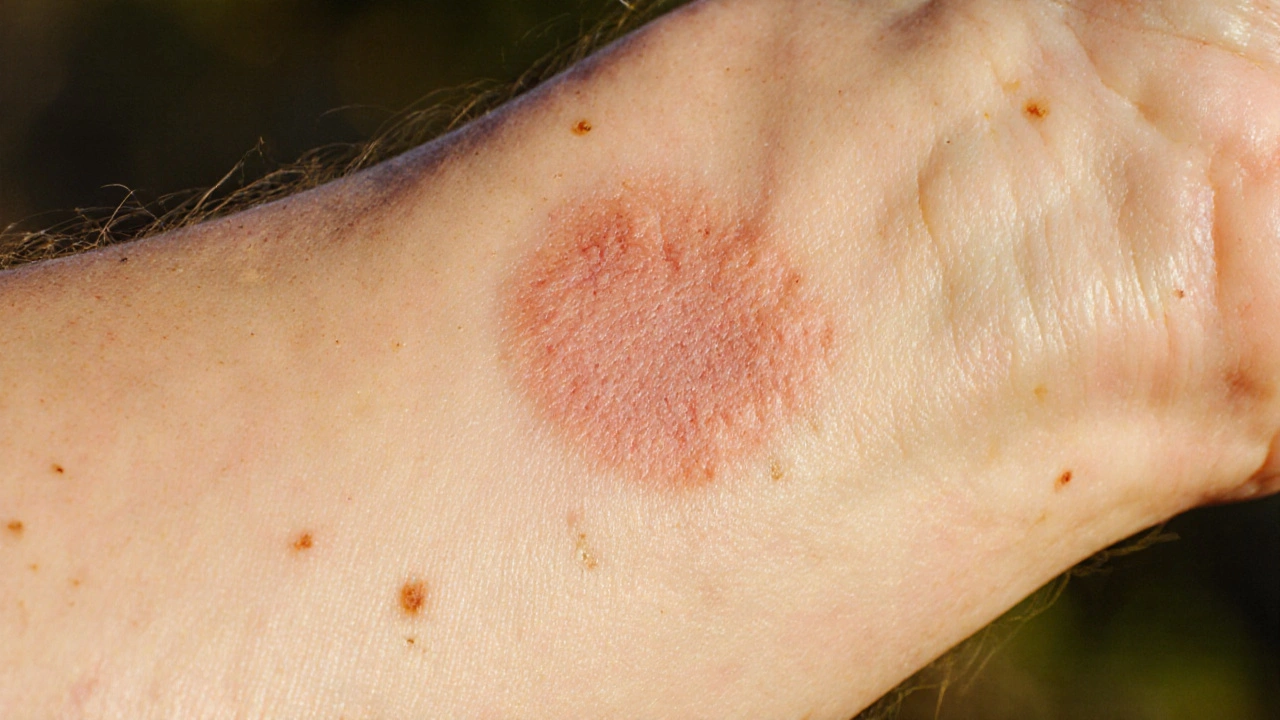Skin Pigmentation: Understanding Causes, Types & Treatments
When talking about skin pigmentation, the natural variation in skin color caused by melanin and other factors. Also known as skin color variation, it shapes how we look and how our skin reacts to the environment. Skin pigmentation isn’t just an aesthetic detail – it signals underlying biology and can affect health. Below we’ll break down the main players, why color changes happen, and what you can actually do about them.
Key Factors Behind Skin Pigmentation
The core of any color discussion is melanin, a pigment produced by melanocytes that determines how dark or light the skin appears. Melanin comes in two forms – eumelanin (brown‑black) and pheomelanin (red‑yellow). The balance between them decides whether you have a fair, olive, or deep complexion. Sun exposure ramps up melanin production, offering a natural sunscreen effect. Diet, genetics, and hormonal shifts also sway melanin levels, making skin pigmentation a dynamic process.
When melanin goes overboard, you get hyperpigmentation, dark spots or patches caused by excess melanin. Common triggers include UV radiation, acne inflammation, and hormonal changes such as pregnancy or birth control. Think of melasma on the cheekbones or post‑inflammatory marks after a breakout – they’re classic hyperpigmentation examples. The condition doesn’t harm health, but many people find it cosmetically bothersome.
On the flip side, hypopigmentation, lightened patches where melanin production is reduced shows up in conditions like vitiligo, albinism, or after skin trauma. Here, melanocytes are damaged or absent, leading to stark contrast between normal and pale areas. While hypopigmentation also isn’t dangerous in itself, it can affect self‑esteem and may signal an underlying autoimmune issue.
Understanding these extremes helps you see why dermatology offers a toolbox of solutions. Topical agents like hydroquinone, azelaic acid, or vitamin C aim to balance melanin output. Laser therapies target pigment cells directly, breaking down excess melanin for hyperpigmentation or stimulating melanocyte activity in hypopigmented zones. Chemical peels and micro‑needling can also encourage even skin tone by prompting fresh skin growth.
Beyond treatments, lifestyle choices play a huge role. Daily sunscreen use blocks UV‑induced melanin spikes, preventing new hyperpigmentation. A balanced diet rich in antioxidants supports melanocyte health, while stress management can reduce flare‑ups in pigment disorders linked to hormonal shifts. Simple habits often make the biggest difference.
Below you’ll find a curated set of articles that dive deeper into specific medications, supplements, and clinical tips related to skin health and pigment management. Whether you’re looking for the science behind melanin, safe ways to buy dermatology‑focused meds, or practical advice on handling discoloration, the collection offers clear, actionable information.

